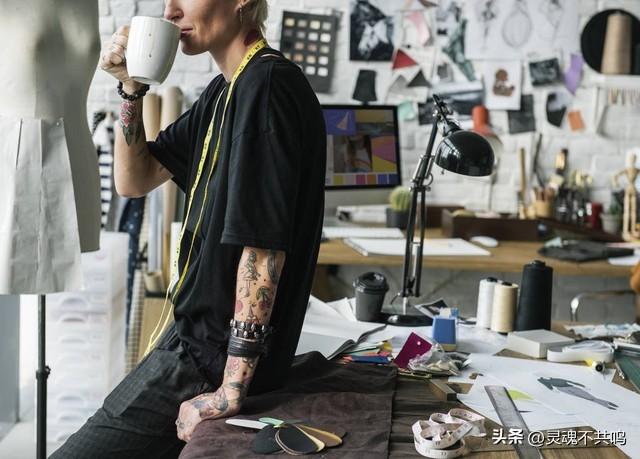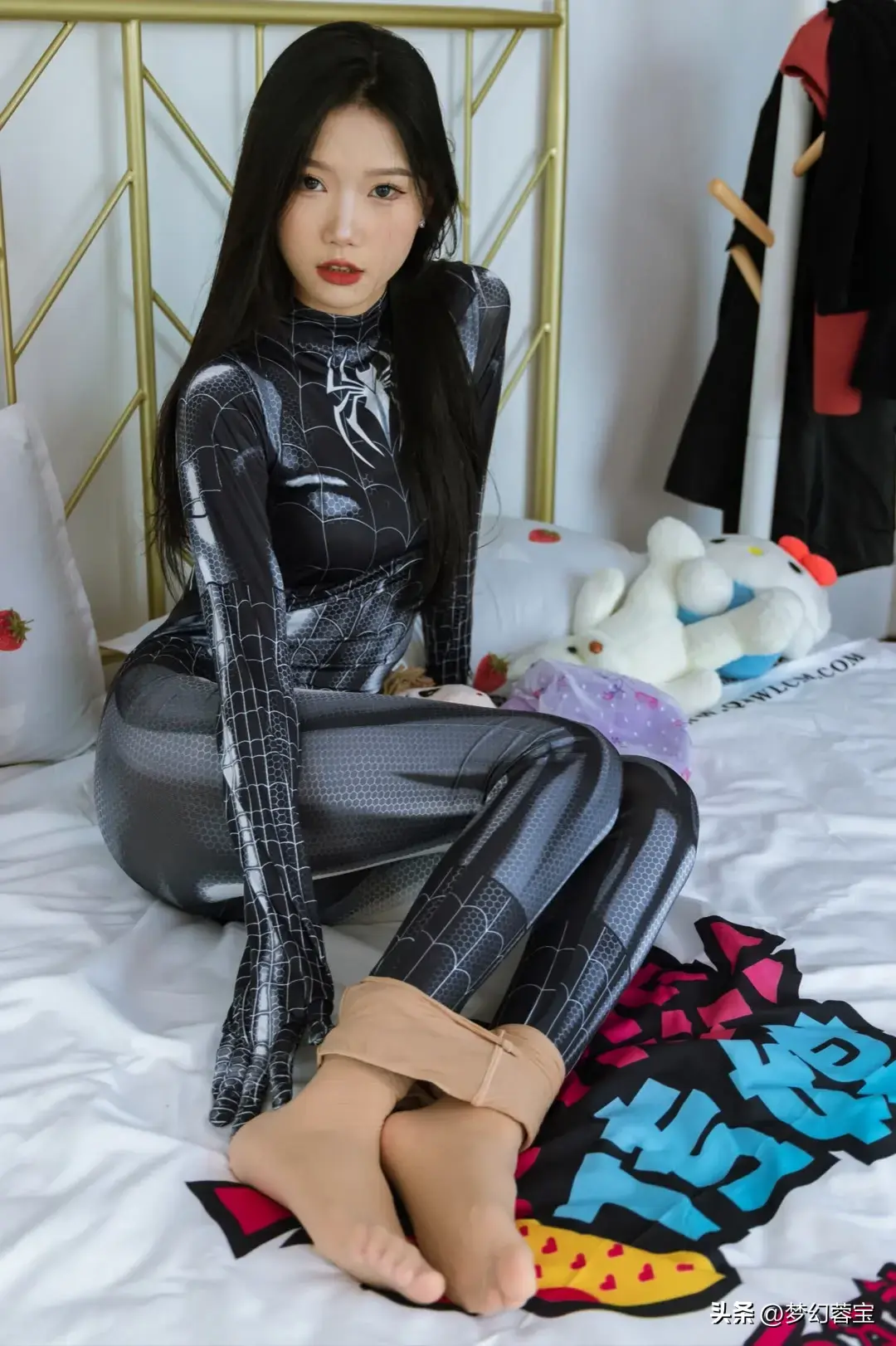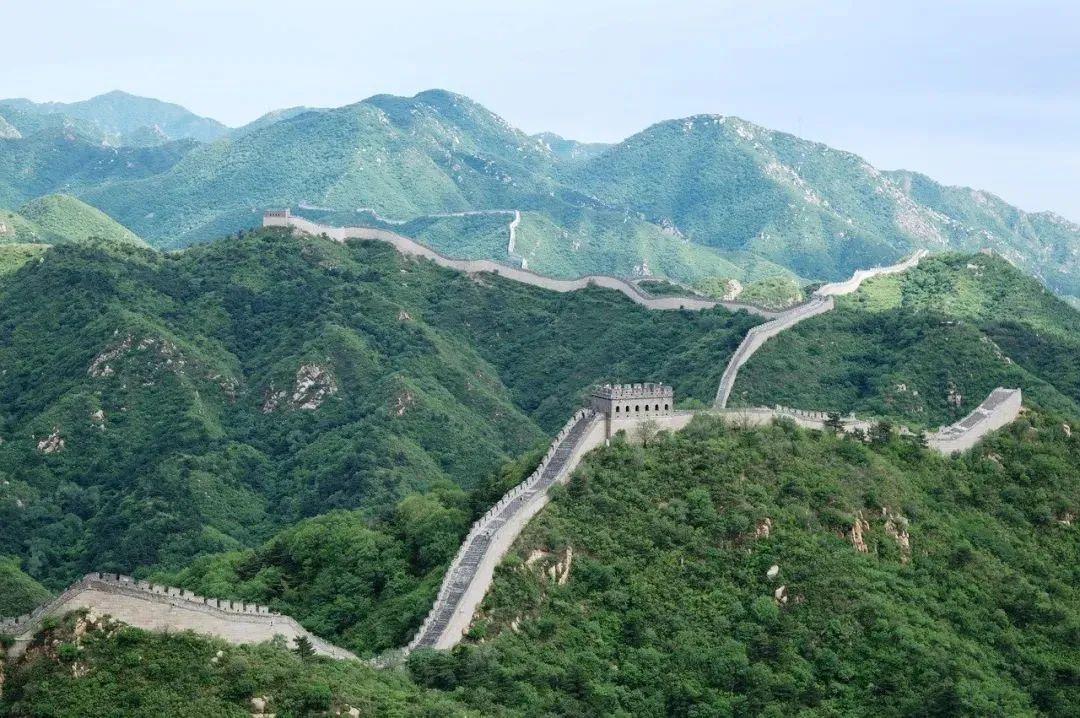Incense and static gas, live boiled sweet spring, proud as a peacock and Ye Jia rewarded guests, Meng Chen Mulin and Oolong entered the palace … Yin Chao still remembers that when he went to tea with his friends for the first time, he watched the elegant processes and realized an unspeakable beauty.
Text/Lu Xiaoming
In ancient myths and legends of China, many sacred trees were mentioned: building wood, searching for wood, and if wood … Among them, the representative Fusang is composed of two big mulberry trees that support each other. In myths and legends, Fusang is the sacred tree where the sun lives. "Shan Hai Jing Overseas East longitude" mentioned that "there is a hibiscus on the Tang Valley, which was bathed on the 10th and lived in the water. Nine days in the lower branch, one day in the upper branch. "
Such a "god" is not uncommon in Shan Hai Jing. The Classic of Mountains and Seas was written from the Warring States Period to the early Han Dynasty. Together with The Book of Changes and Huangdi Neijing, it is called the three wonderful books in ancient times, and it is an important treasure in China culture and even eastern culture.
After thousands of years, The Classic of Mountains and Seas still affects people’s lives, from which well-known fairy tales such as The goddess patching the sky and Kuafu’s pursuit of the sun and Jingwei’s reclamation evolved. When The Classic of Mountains and Seas is combined with modern fashion, generate can also shine with unique brilliance.
In the chaotic scene, abstract lines with endless changes are selected to show the fractal shape of ancient trees, and the virtual scene uses the visual characteristics of Shenmu, which is more dependent on each other, to create a sense of movement in the still picture. This is a scene in China famous fashion photographer Yin Chao, the founder of SUPER STUDIO’s recent work "Looking at Mountains and Seas"-winding with knots, in which elements such as hibiscus trees are added.

Yin Chao’s work Chaos
Through five scenes of chaos, knot, Kunlun, fog and magic flowers, Yin Chao shows a prosperous scene from the chaotic state of the beginning of heaven and earth to the wanton growth of everything. In the works, Zhao Liang, a contemporary dance artist in China, joined hands with Tang Shiyi to improvise with the music, taking mountains and seas as inspiration, and expressing with the body, showing the rhythm of ancient oriental myths and conveying the artistic expression of "flowing mountains and seas" between ink and wash textures.
"I think ink painting is the most representative art form in China culture. The natural smudging of ink and pen in the works has become mountains and seas." Yin Chao mentioned that this work has attracted a lot of people’s attention, and also opened up an artistic expression form-expressing China traditional culture in a modern way.
In these years, Yin Chao traveled around China, experienced national culture, and tried to add more elements of oriental aesthetics to his shooting. He hopes to truly tell the fashion that belongs to China people, rather than "fashion-like without rhyme" imitated by technology.
Looking back on his career, Yin Chao mentioned that about 20 years ago, he accidentally opened a fashion magazine and was deeply attracted. "The expression of such beauty is so special that I have never seen such characters, scenes and creations. It is an unprecedented feeling." It is precisely because of this idea that Yin Chao resolutely went to Beijing and tried to gradually enter fashion photography.
Yin Chao spent many years from getting started to getting started. In order to embrace the "beauty of fashion", he worked as an employee in a photo studio for two years and an assistant to a photographer for four years. He once saved money to buy foreign magazines when his monthly salary was several hundred yuan, and studied photography and art history after work.
It takes less than a second to press the shutter, and the camera can generate a photo. This "per second" work seems easy and simple. But in fact, "pressing the shutter" is only a very small link in fashion photography. Pre-planning is often carried out one or two months ago, and the whole "universe" in the photo is constructed with the idea of fashion photographers, which reflects the unique style of fashion photographers everywhere.
For his own lens "universe", Yin Chao used the word "soul" to define it-let the photo have a soul and a story. He hopes that the photos are "flowing", seeing the movement in the stillness, and realizing the stillness in the movement. "Motion and static are relative, depending on metaphysical expression, and they are an internal state." Just like the movement characteristics of "Tai Chi"-absolute movement and relative quietness.
Once upon a time, Yin Chao felt that "fashion" was a kind of aesthetics that people looked up to. Now, this view has long changed. "The so-called fashion is just an expression of beauty that keeps pace with the times and records what is happening now."
In many people’s cognition, "earth" is the opposite of "fashion", which seems to be a derogatory term and is used as an analogy to "not beautiful" Yin Chao thinks this is a misunderstanding. Over the years, he has walked through many places in China and felt the local customs rooted everywhere. "What our ancestors left us is too precious." People often think that the "earth" used to be difficult to connect with modern society, but when Yin Chao integrates it into fashion as a design element, there is a comfortable and decent new experience.

Yin Chao’s works
It is Yin Chao’s pursuit for many years to let the world see China fashion about nationality, culture and life.
What is the fashion in China and how to express the story of China people? Yin Chao integrated Beijing Opera, Zen and Guqin into his photography to find those timeless fashions. The idea originally came from a cup of tea.
"When the spring breeze comes in February and March, Shijie knocks on the fire to try new tea." "On a cold night, guests come to tea as wine, and the bamboo stove soup is boiling." In the life of ancient literati, there is no lack of tea. Nowadays, drinking tea is a daily habit of many people in China, but drinking tea is relatively rare.
Incense and static gas, live boiled sweet spring, proud as a peacock and Ye Jia rewarded guests, Meng Chen Mulin and Oolong entered the palace … Yin Chao still remembers that when he went to tea with his friends for the first time, he watched the elegant processes and realized an unspeakable beauty.
At that time, he just received a photo invitation from a foreign magazine, and he thought of moving the tea ceremony into the camera "universe", hoping to share this beauty with you-maybe it will let more people know about tea culture and make tea a way of life for more people. Nowadays, tea tasting has also become a part of Yin Chao’s life. "It is almost a necessary sense of ritual every day."
"China culture has given me a lot of creative inspiration." These explorations and perceptions have continuously enriched his heart. "Besides technology, photography also hides the photographer’s cognition of things", which also affects the expression of his works invisibly. Yin Chao combined fashion photography with China culture and opened a new door. When he entered the field of China culture, he also came to the peak of his creation. "There are too many things to express, and that is a constant source of inspiration."
In Yin Chao’s understanding, western aesthetics is more straightforward and concrete, while eastern aesthetics is metaphysical and more implicit. "I think it is particularly accurate and wonderful to express it with’ rhyme’. It is a temperament and a state."

Yin Chao mentioned that China culture has brought him a lot of creative inspiration.
In daily shooting, Yin Chao often comes into contact with some western art forms, which is really beautiful, but he feels that this is someone else’s way of life, and it seems that there is still some distance from his daily life. "When understanding and expressing oriental culture, it will be more like a duck to water."
Yin Chao feels that fashion photography and cultural heritage are mutually fulfilling. Oriental culture adds luster to Yin Chao’s photographic works, and Yin Chao also hopes to let more people know about it through his own works. His works not only record the current ideology, but also serve as a symbol of cultural heritage, allowing modern people to understand the inside story of oriental culture and the lifestyle and unique symbols belonging to China. "I think this is the significance of fashion photography."
Over the past century, western culture has exerted a wide and profound influence all over the world, and also influenced the lifestyle and life pursuit of many young people in China.
At the same time, with the country’s strength, cultural self-confidence and other factors, the fashion of oriental culture has become more and more popular in these years, and it has gradually returned to public life in a simpler and more acceptable form for contemporary people. The "national tide wind" shows the charm of oriental culture.
"The traditional oriental culture has evolved into a very modern way and has come into our lives." Yin Chao mentioned that many young people are now wearing traditional China costumes, and some products in supermarkets are packaged with inspiration from the past. "Tradition and modernity have been connected, mainly thanks to people’s creativity, especially young people."
Yin Chao mentioned that such a combination is still constantly innovating and is ubiquitous in people’s daily life. Recently, he tried to ride the red flag HQ9 Oriental luxury flagship MPV and felt the oriental charm of "waiting for everything to be harmonious".
"Our generation has known Hongqi Automobile since childhood, and it has appeared in many classic historical photos. Hongqi Automobile is a very representative brand in the modernization process of China." For the recently listed Hongqi HQ9 Oriental luxury flagship MPV, Yin Chao’s first impression is that it is atmospheric and luxurious. "Both the front grille and the body lines can be recognized at a glance-this is the red flag."

Yin Chao thinks that the red flag HQ9 is a manifestation of fashion.
In addition to its graceful and graceful appearance, the interior design of Hongqi HQ9 Oriental luxury flagship MPV is also very promising. The beautiful, fashionable and exquisite interior, as well as the super-large car and super-enjoyed space that surpass all products of the same class, bring the ultimate comfort experience. Among them, the exquisite and self-sliding welcome auxiliary board exudes the fragrance of "fragrant rhyme", which makes the sense of privilege and beauty come with pleasure.
"The space inside the car is spacious, the panoramic sunroof is open, the whole light in the car is particularly bright, and the functions carried on the car are also very intelligent and ceremonial, giving people a calm and elegant experience." Yin Chao also noticed that the design of Hongqi HQ9 Oriental luxury flagship MPV used many elements related to traditional oriental culture, such as the flying crane wing lines and landscape painting patterns, which combined tradition with modernity, which was in line with the aesthetics of China people.
The appearance of the atmosphere is luxurious, and the intelligence in the car is luxurious. He feels that this is a manifestation of fashion. "There are both contemporary aesthetics and oriental charm."
Under the background of "subversive" changes in the automobile industry, New Hongqi has always adhered to oriental aesthetics and China culture, and created luxury automobile products with unique China essence, independent research skills and all things’ strengths. With the arrival of the new Red Flag HQ9, the Red Flag brand is telling the story of China and striving for the dream of China with the charm of harmonious, harmonious and beautiful national cars.
If you want to take a group of photos for the Red Flag HQ9 Oriental luxury flagship MPV, Yin Chao said that such a lens "universe" would be an atmosphere full of China Zen, which is both atmospheric and simple.
(special topic)

























































